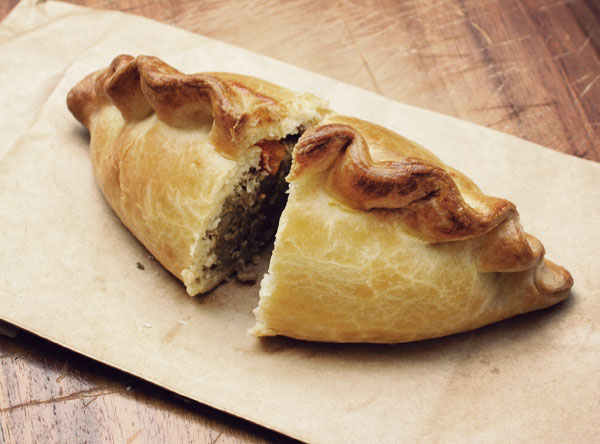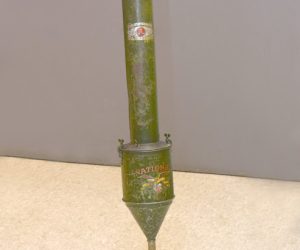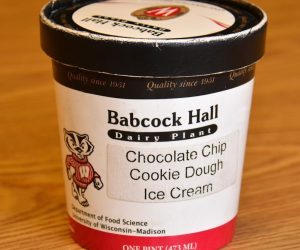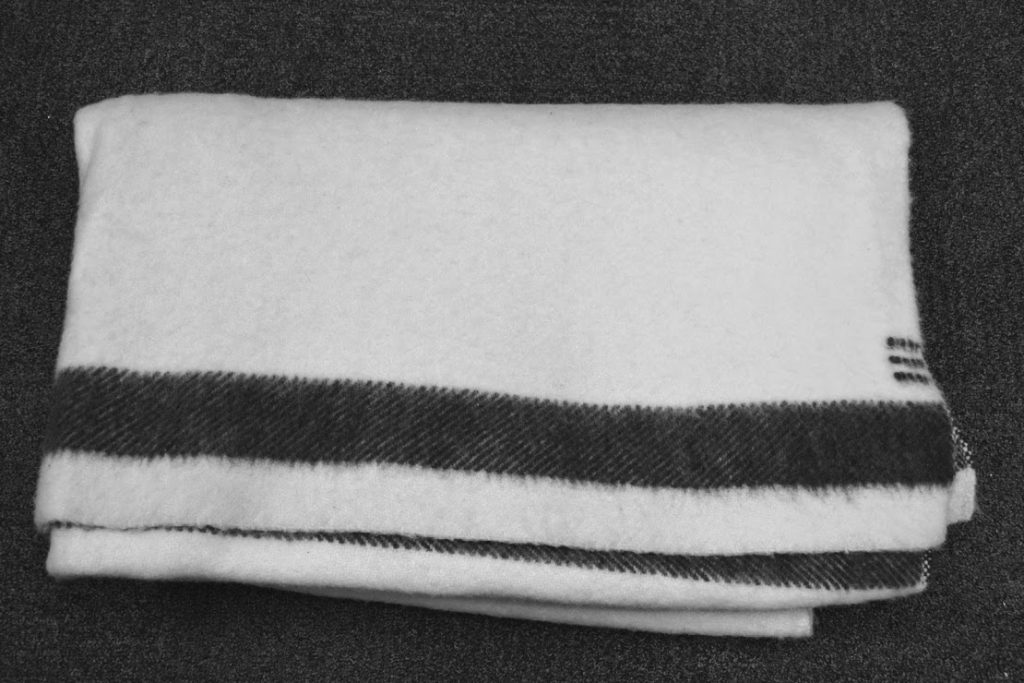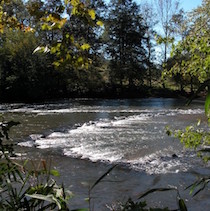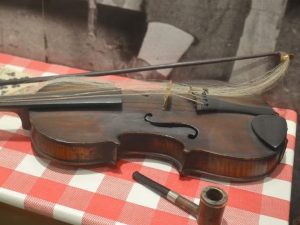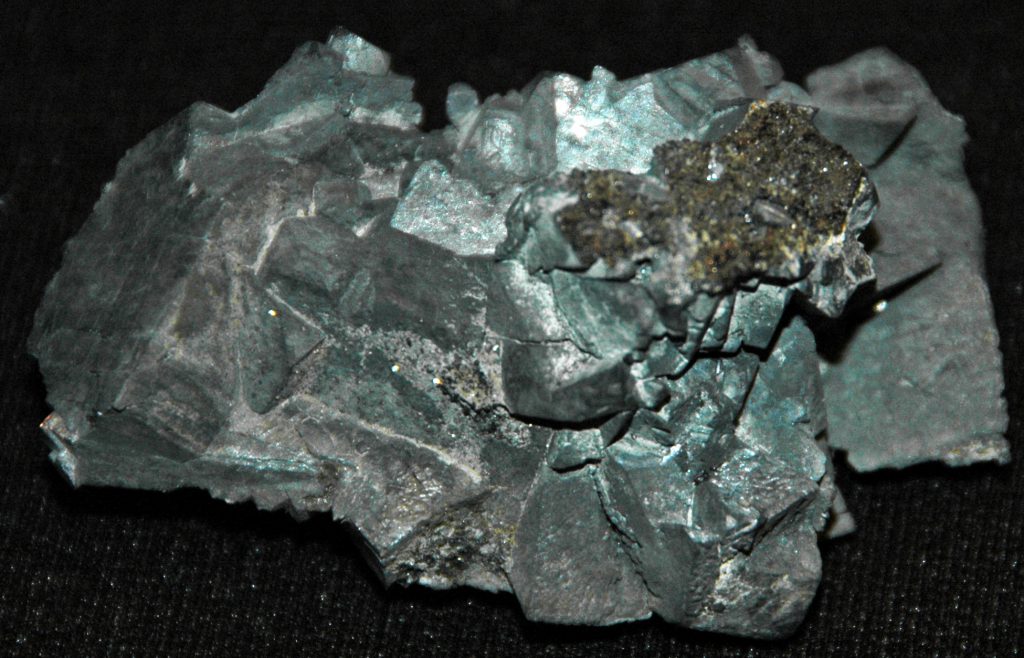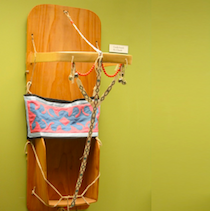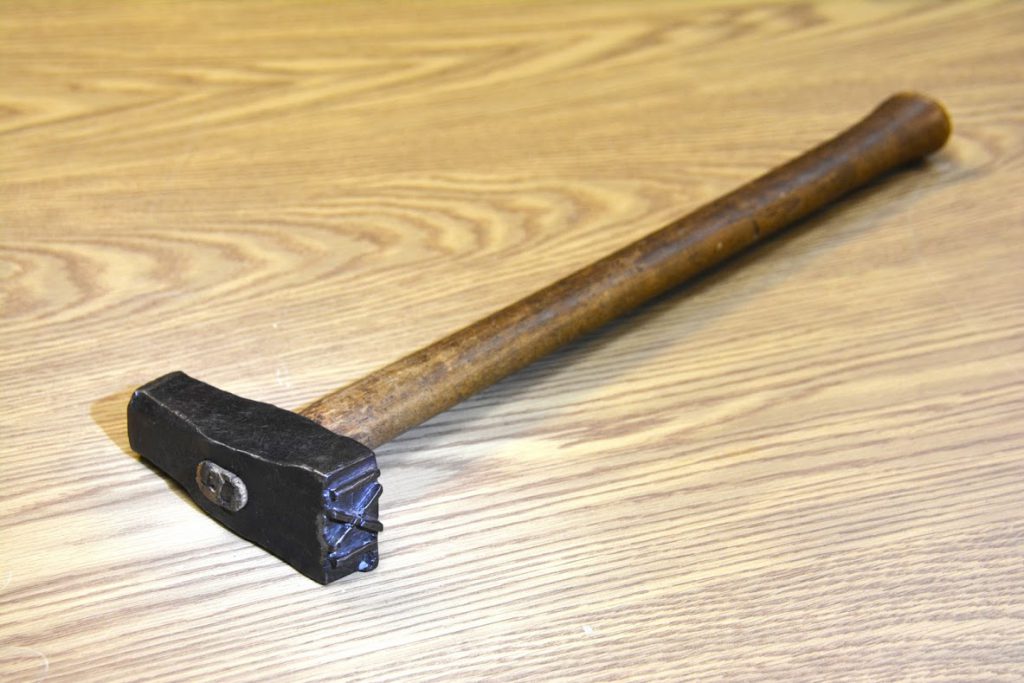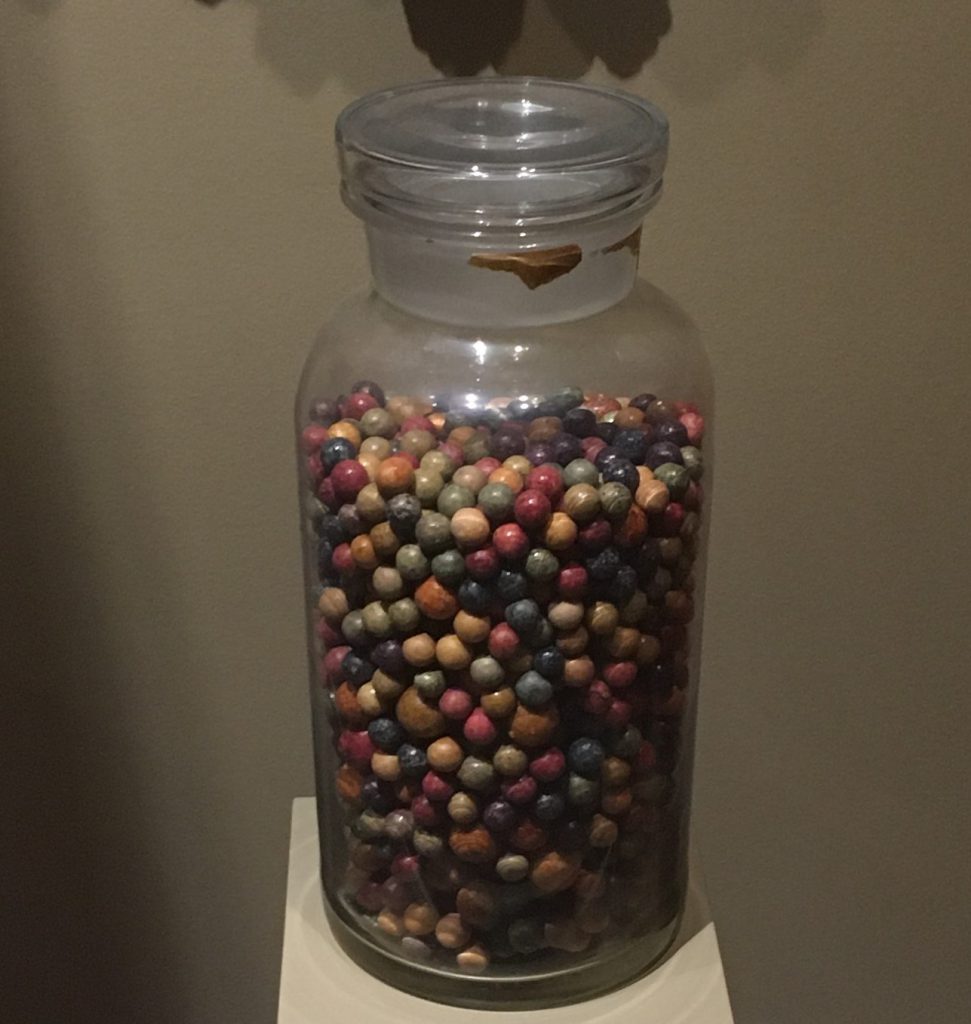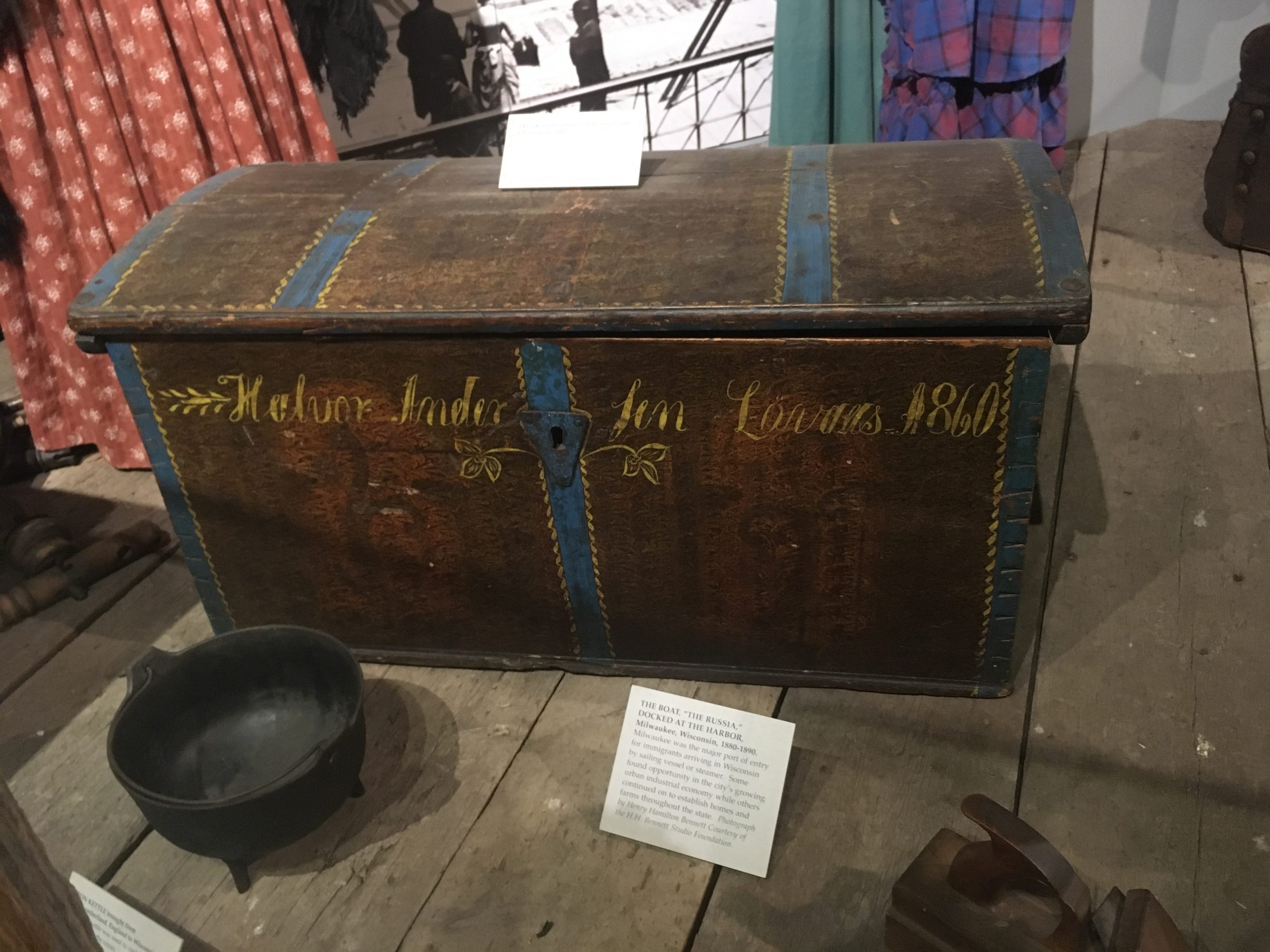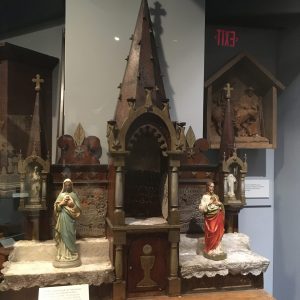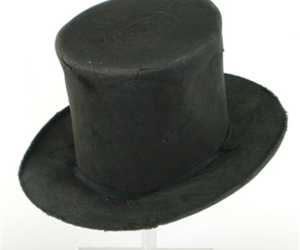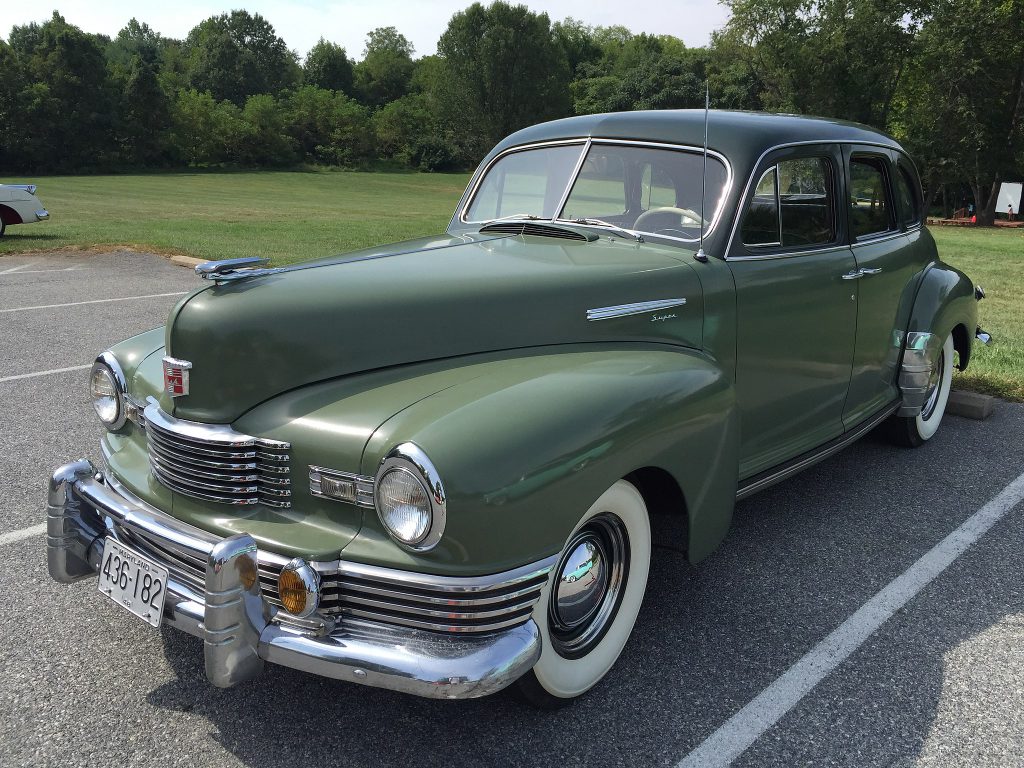This exhibition features elementary school favorites highlighted from the Wisconsin Historical Museum.
See if you can spot all of these objects during your visit!
The lead mining industry of the 1830s and 1840s brought miners from Cornwall, England, a county of South West England, to southwestern Wisconsin. The miners brought Cornish traditions like the pasty, a filling food for hungry miners.
People in the early 20th century witnessed the invention of all kinds of household tools we take for granted today, such as the vacuum cleaner, laundry machine, and refrigerator. This is a manual vacuum cleaner from 1911 at the Wisconsin Historical Museum.
Ice cream has been a delicacy for hundreds of years, but in the last century, Wisconsin has come to be considered home to some of the world’s best ice cream. Babcock Hall, established in 1951, has contributed to this reputation, establishing ice cream as a symbol both of Wisconsin’s dairy farming past and its appeal as a summer destination for tourists from around the world.
This blanket, ordinary though it may seem, tells the story of an important meeting of cultures that occurred in Wisconsin between 1634 and 1763.
Fishing weirs are time-saving technologies built in the water to trap fish. This fishing weir was created by the people who lived in the Early Mississippian settlement, Aztalan, sometime between the 10th and the 13th centuries.
One of the most popular ways for lumberjacks to entertain themselves was to play music on a fiddle, a stringed instrument more commonly called a violin. By the 1800s, fiddles were mass-produced in Germany, and many of those made were exported to North America where they were sold by mail order or in music stores.
Galena is a dark gray, shiny mineral that feels surprisingly heavy. It occurs in nature, sometimes in small pebbles and sometimes in bigger chunks like the ones at the Wisconsin Historical Museum. Lead deposits like the ones in Wisconsin are left over from Wisconsin’s earliest history.
Native Americans used cradleboards in North America to protect, carry, and entertain their babies. Cradleboards allowed women to keep babies close to their side.
Between the 1840s and the 1890s, logs were highly valued. Logging was one of the largest industries in Wisconsin. There were more than 450 lumber camps across Wisconsin.
This jar of marbles was used by John Sweet Donald in his educational state fair exhibits during the 1920s. Donald was a University of Wisconsin professor in Agricultural Economics. His booth included a number of educational tools that he used to help show farmers the importance of keeping good financial records for their farms.
Before coming to the Wisconsin Historical Museum, this trunk belonged to a Norwegian family. It traveled from an ocean port in Norway, across the Atlantic, and, eventually, to Wisconsin.
Immigrants coming to America by boat during the 19th and early 20th centuries were extremely limited in the items that they could bring. A trunk that a whole family might use to carry their belongings would usually be no bigger than three feet long and one foot wide. However, this altar is not something that would have been brought over in a trunk and was built in Ino, Wisconsin by Slovakian immigrant Paul Bartek.
The beaver felt hat was one of the main reasons for the success of the fur trade in northern states, such as Wisconsin, and in Canada.
The Nash Motor Company, based in Kenosha, Wisconsin, was one of the era’s leading producers of motor vehicles, and their “Ambassador” sedan, first introduced in 1941, is a great example of Wisconsin’s car industry.
Explore Wisconsin 101: Our History in Objects
Learn about objects in Wisconsin’s history
The objects and stories featured on Wisconsin 101 cut across the diverse regional, cultural, economic, and political differences of our state, providing a rich sense of our shared heritage.
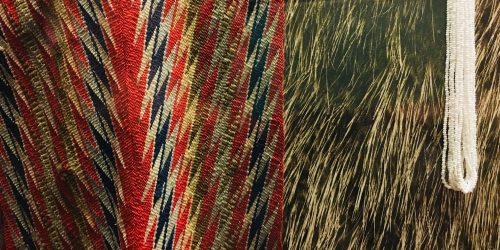

Write your own story
Everyone is invited to participate in building this interactive, public resource for exploring Wisconsin’s history and geography. Please share your story!
